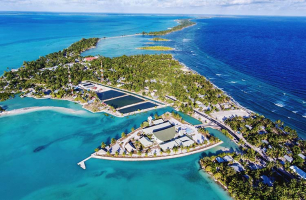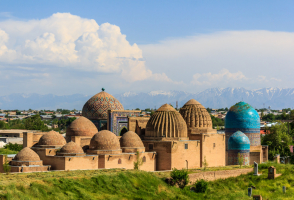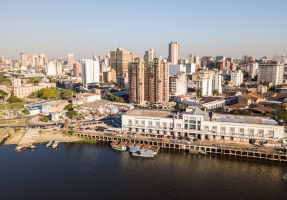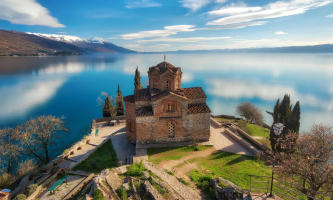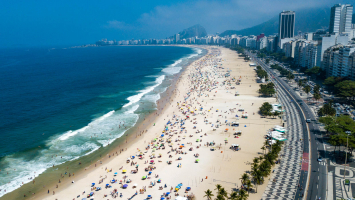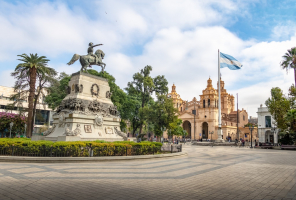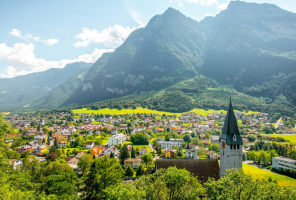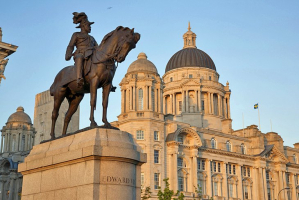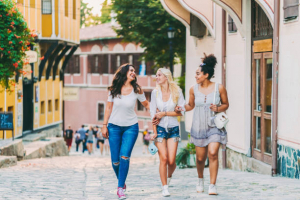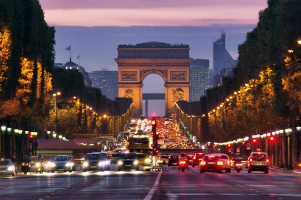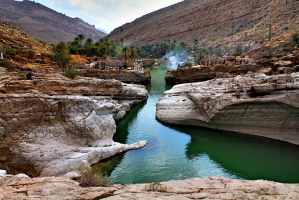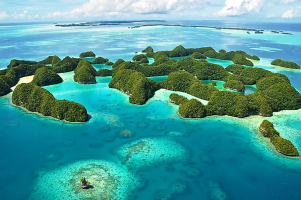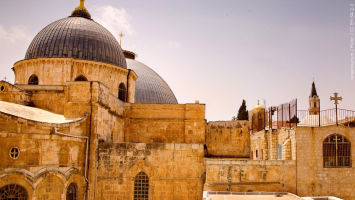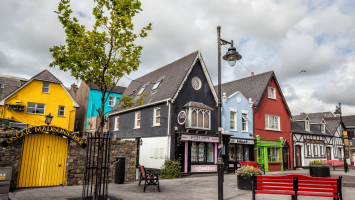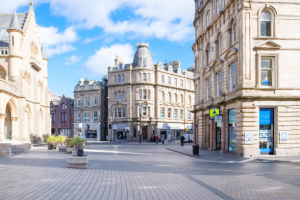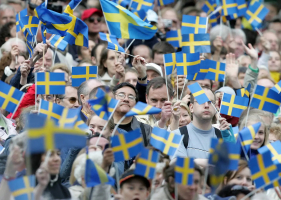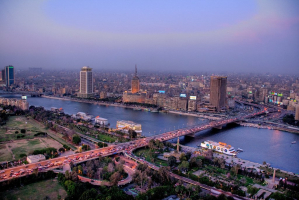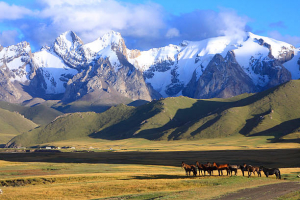Top 11 Reasons To Visit Sri Lanka
The island is home to beautiful beaches, breathtaking natural features, and thousands of years of cultural legacy, in addition to action-packed popular sports ... read more...and traditional festivals. Amazingly, this one-of-a-kind variety of vacation options can all be found on accessible terrain; the island is just around 65,000 sq km in size (nearly the size of Bavaria). Here are only a few of the many reasons to visit Sri Lanka.
-
Stunning beach is widely considered to be one of the main reasons to visit Sri Lanka of many travelers. Sri Lanka, a stunning island nation, has an abundance of breathtaking natural beauty. If you don't already know, Sri Lanka is a group of islands. What’s the first thing which comes to your mind when it comes to island? of course, beaches. In fact, Sri Lanka is renowned for precisely that. Visitors from all over the world visit Sri Lanka to enjoy its stunning beaches. You'll definitely want to return to these spectacular beaches in and around Sri Lanka once you've seen the picturesque views of these lovely sandy shores.
Additionally, beaches are the ideal place to unwind because the sound of gushing waves will make you feel agitated. While unwinding on a beach, there is a genuine sensation of joy and calm. It goes without saying that the beaches of Sri Lanka are the ideal location for complete renewal. These beaches in Sri Lanka should be on your list if you're a beach bum and are only traveling there to explore the coastline.

https://pickyourtrail.com/ 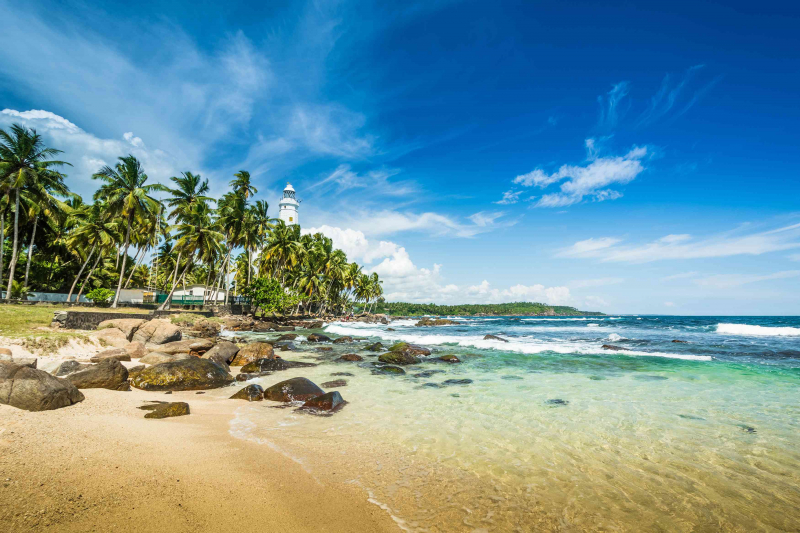
https://www.tripsavvy.com/ -
Sri Lanka has representatives from almost all of the major religious groups in the world. Add to this a plethora of ethnicities and social groupings, and the result is a crowded festival calendar. Not to be missed are several vibrant festivals that revive old customs and spiritual practices of the islands. The Hindu and Buddhist New Year's event, Aluth Avurudda, which takes place in April, is a pleasure for all the senses. The streets come alive for two days with music, fireworks, and delectable food.
The first month of the Buddhist calendar year is marked by the most significant Buddhist festival, Vesak, which takes place in May. With elaborate lanterns adorning the streets and homes, Sri Lanka appears to be a sea of lights. Tourists may engage themselves in Sri Lanka's medieval past during the Kandy Festival (July/August), where adorned elephants, lively dances, and costumes from bygone eras all come together to showcase the grandeur of the island's rich cultural heritage.
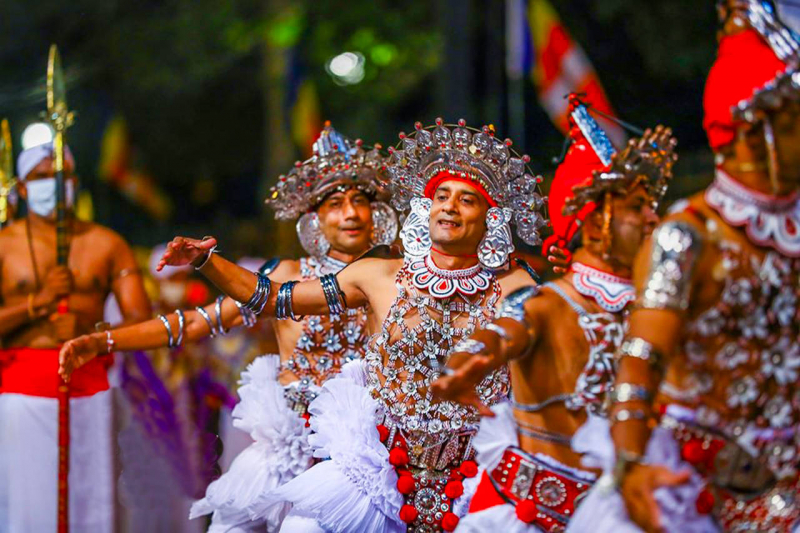
https://awe365.com/ 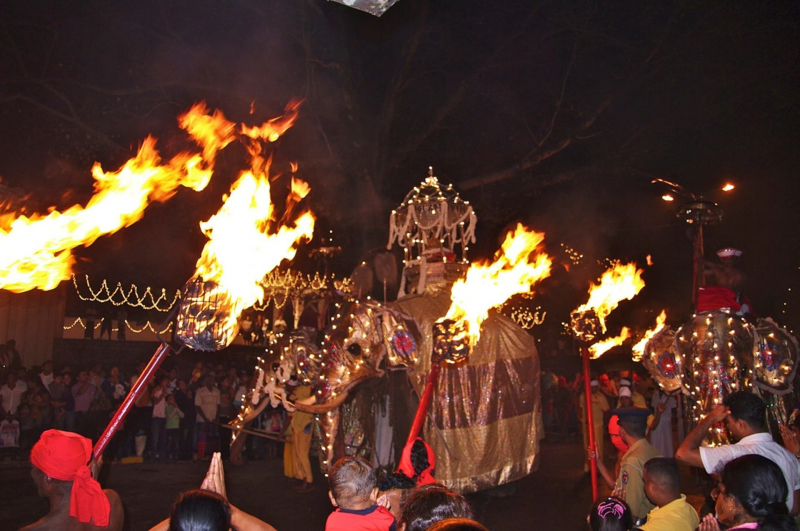
https://rove.me/ -
Sri Lanka is also the home of delectable curries and rice, in addition to its stunning beaches and unconventional tea. While Sri Lankan food is similar to South Indian food, it also has a unique flavor profile that is indescribable. Years of colonization have left their mark on Sri Lankan cuisine, as evidenced by the variety of foods, inventive curry recipes, and distinctive bread like Theti Paan and Roast Paan.
You might question how such a small nation can have such a wide variety of food. Sri Lankan cuisine is distinctive not just because of the varied flora and fauna but also because of the country's diversified ethnic population. Traders from India, Europe, Arabia, Africa, and the Malay World arrived in Sri Lanka in the 15th and 16th centuries, bringing with them their local cuisines, as well as various cooking methods and styles. Examples include Lamprais, which has Dutch characteristics, the majority of the sweets, which are Portuguese, and roasted beef and chicken, which have British influences.
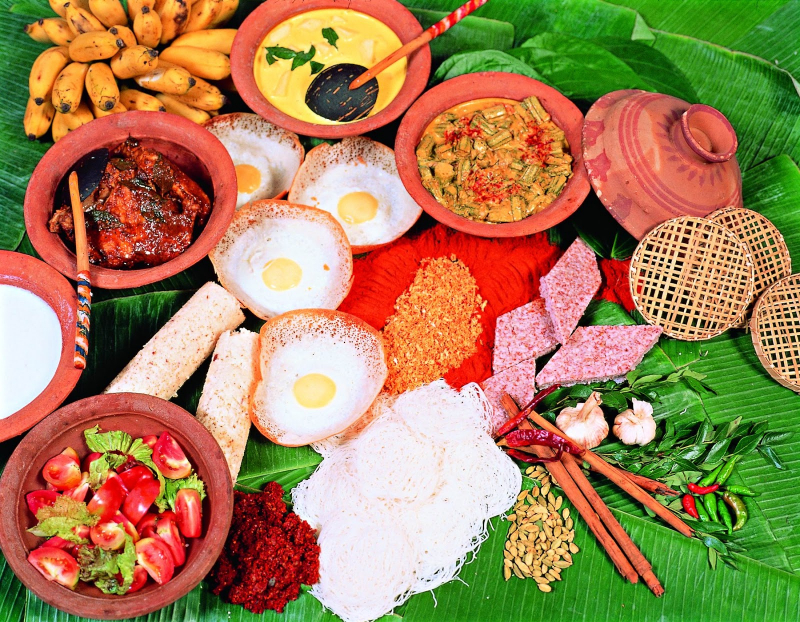
https://www.bespokesrilankatravel.co.uk/ 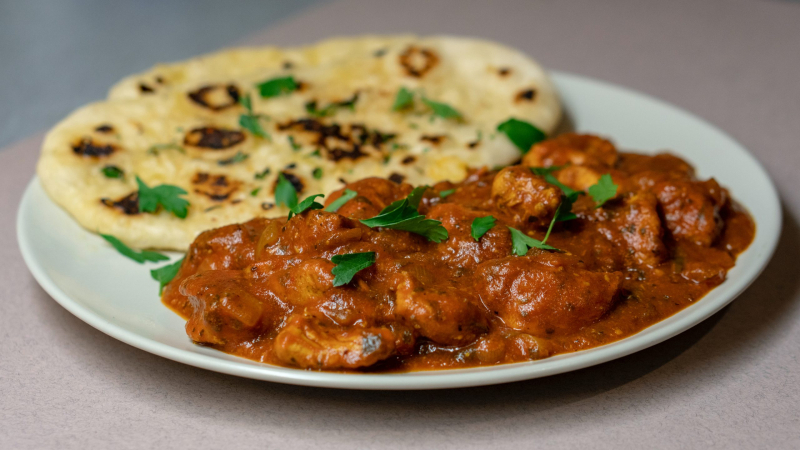
https://www.elitehavens.com/ -
Cultural diversity is one of many reasons to visit Sri Lanka that Toplist would like to introduce to those who are planning a trip to Sri Lanka. Despite being influenced by a variety of factors, Sri Lankan culture has managed to keep many of its historic characteristics. Most of its influences come from its lengthy past and Buddhist background. The nation has a strong tradition of the fine arts, which includes music, dance, and visual arts. Sri Lankan cuisine, festivals, and sports all represent the country's way of life. Many features show South Indian influences. Portuguese, Dutch, and British colonization all had an impact in certain ways. Cricket, cuisine, alternative medicine, religious symbols like the Buddhist flag, and cultural exports like tea, cinnamon, and diamonds are what Sri Lankan culture is best known for overseas.
The culture of Sri Lanka is diverse since it differs from region to region. Since ancient times, Sri Lanka and the Indian subcontinent have been connected. Sinhalese make up 74.8% of the population, followed by Sinhalese in India (4.16%), Tamils in Sri Lanka (11.21%), and others (0.6%).
Due mostly to ancient historical texts like the Mahawansa, Sri Lanka can boast of a history that spans more than 2000 years. Intermittent foreign influence over many centuries has changed Sri Lankan culture to its current state. However, the island's predominantly conservative Sinhalese population, along with other minorities that contribute to Sri Lankan identity, continue to observe traditional traditions and festivals.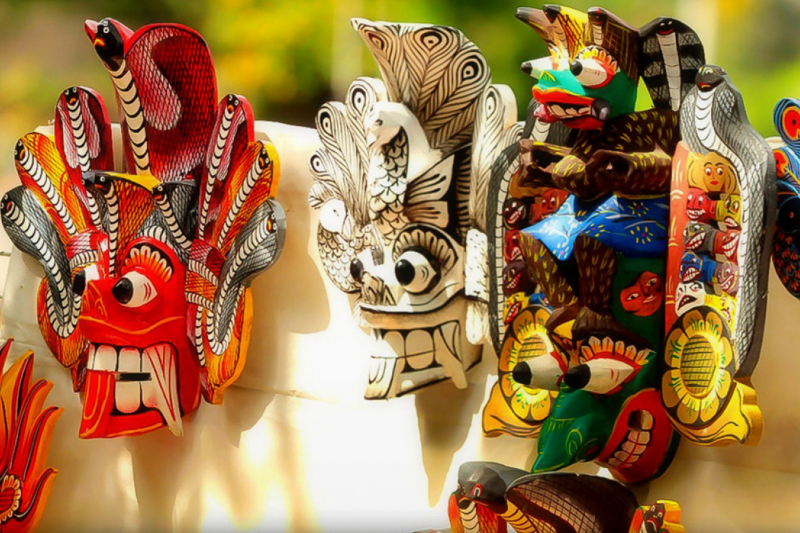
https://overatours.com/ 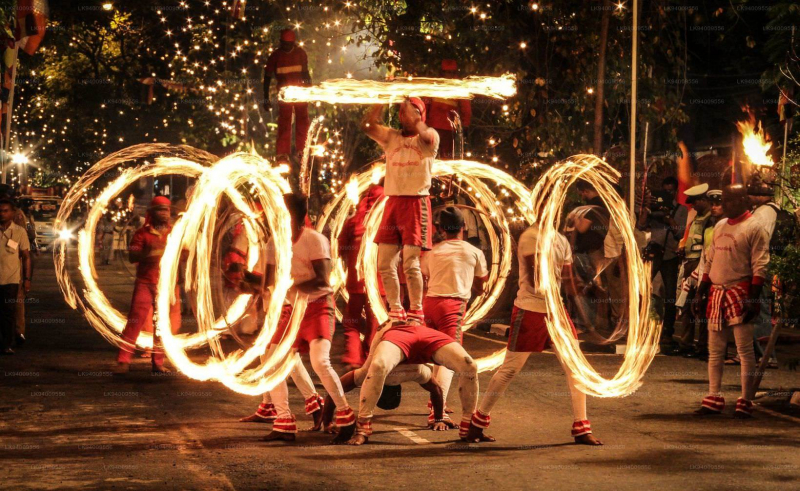
https://us.lakpura.com/ -
The Nine Arch Bridge, built under British rule in 1921, stands as a remarkable example of the engineering and design genius of the early 20th century. People who choose to walk along the bridge will be treated to sights of undulating hills and dense vegetation while they do so, as it is conveniently located between the Ella and Demodara railway stations.
The Nine Arch Bridge, sometimes referred to as the "Bridge in the Sky", was built by joining two bog mountains when the Badulla-Colombo railway was being built. The dimensions of this bridge are 300 feet long, 25 feet wide, and 80 to 100 feet high. One of the nation's outstanding examples of railroad construction from the colonial era is this one. The Bridge can be reached by travelling 2km on Gotuwala road starting from Halpe Textile centre in Badulla Bandarawela road. The innovative design of the bridge and the abundance of vegetation on the adjoining hillsides have led to a steady rise in tourism in the area.
It is advisable to verify the train schedule in advance because it is debatably ideal to go outside when the locomotives are chugging along. However, make sure you bring your dependable camera along so you can record every moment as it unfolds in front of you.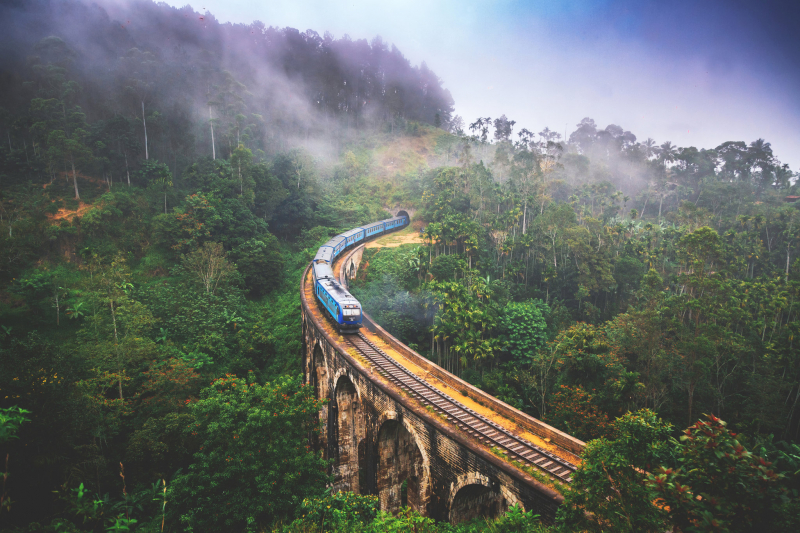
https://vietnaminsider.vn/ 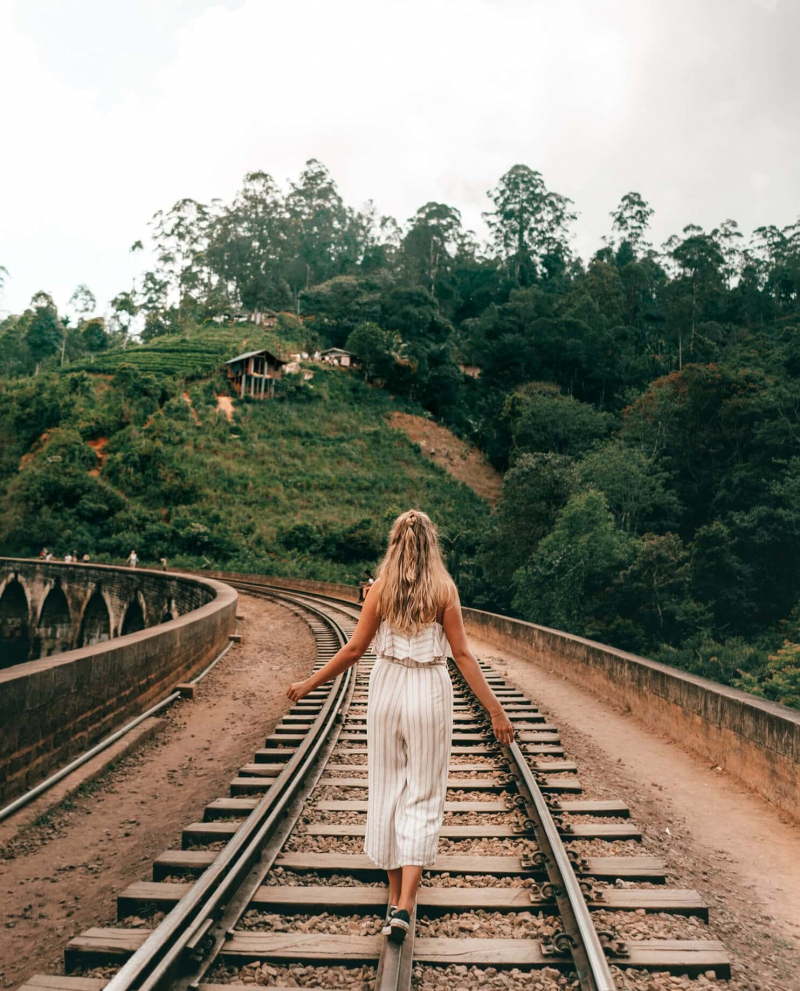
https://nomadicboys.com/ -
The extremely devout people of Sri Lanka have kept in their hearts age-old traditions, artifacts, and teachings. Buddhists and Hindus make up the majority of the population. That Sri Lanka has some beautiful holy places you simply cannot afford to miss is understandable. Some of the most visited religious places in Sri Lanka include Adam's Peak, Sri Maha, Dambulla Caves Temple, Sacred Tooth Relic, and Sri Maha Bodhiya.
There are sixteen important Buddhist holy places in Sri Lanka, the oldest of which, Muthiyagana, was constructed in the fourth century AD and contains the jawbone of Lord Buddha. Legend has it that while visiting the nation, Lord Buddha himself sanctified the location. The tooth of Lord Buddha, which was removed from the lord's cremation pyre, is also kept in the Temple of the Tooth. On the other hand, Christians, Hindus, Buddhists, and Muslims all revere Adam's Peak as a sacred site.
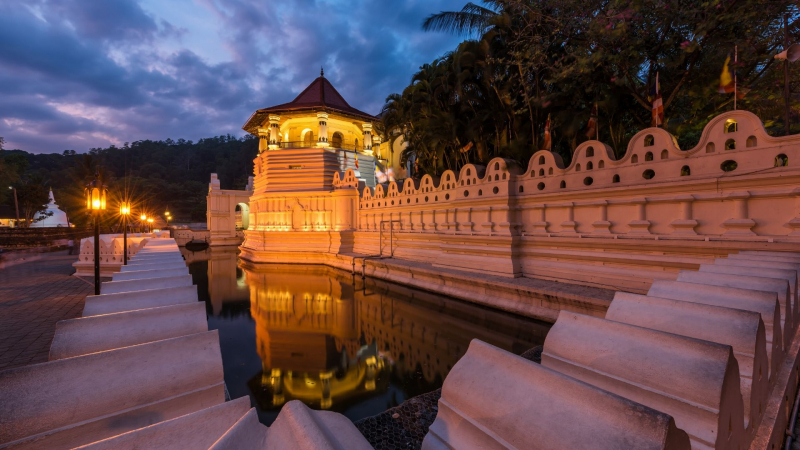
https://explore.vacations/ 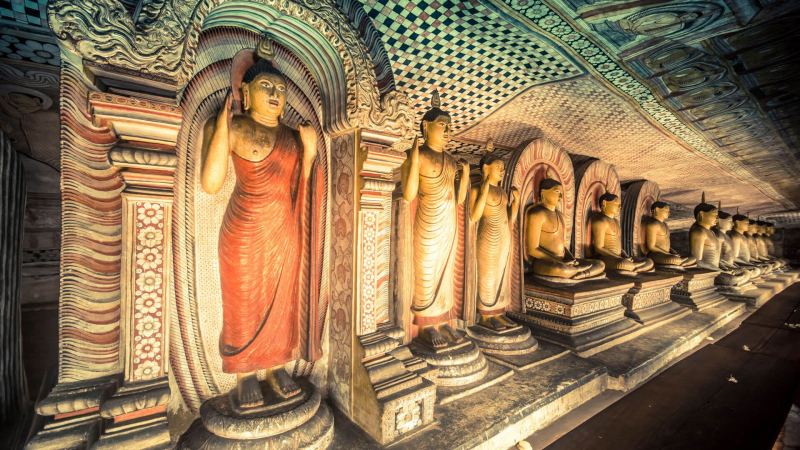
https://www.andbeyond.com/ -
Sri Lanka is a haven for nature enthusiasts: from whale watching on the country's most southern point, Dondra Head, to an elephant encounter in Minneriya National Park, or an expedition through Sinharaja's rainforest, the biodiversity of the island is breathtaking. Furthermore, 13% of Sri Lanka is protected as national parks, reserves, sanctuaries, and jungle corridors. Some of Sri Lanka's 91 mammals - 16 of which are endemic - can be seen on a safari in one of the country's 14 national parks. These include the elephant, leopard, sloth bear, sambhur, spotted and barking deer, wild boar, porcupine, ant-eater, civet cat, loris, giant squirrel, and monkeys like the macaque, purple-faced leaf monkey, and grey langur.
The island is also a paradise for ornithologists, with over 233 resident species (33 of which are indigenous) and an incredible 482 species during migration. There are 171 lizards (101 endemics including two crocodile species). Keep reading to discover more reasons to visit Sri Lanka.
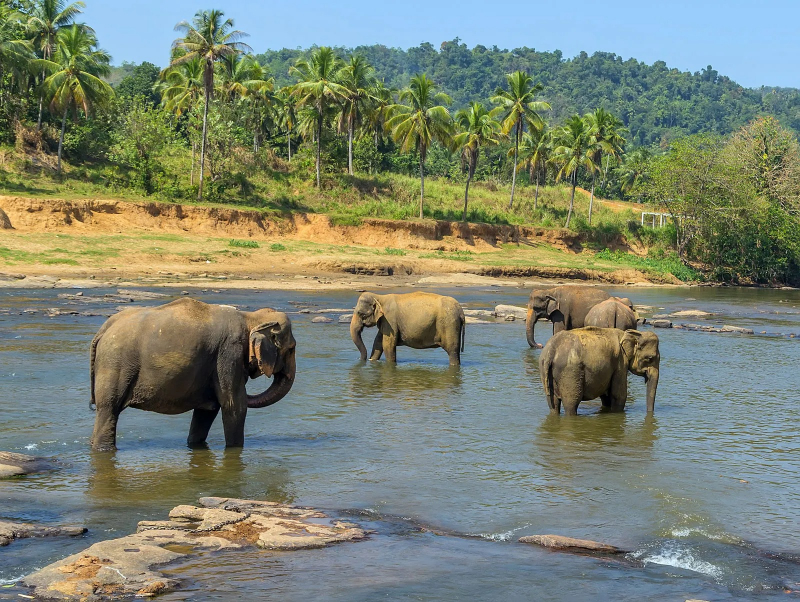
https://www.britannica.com/ 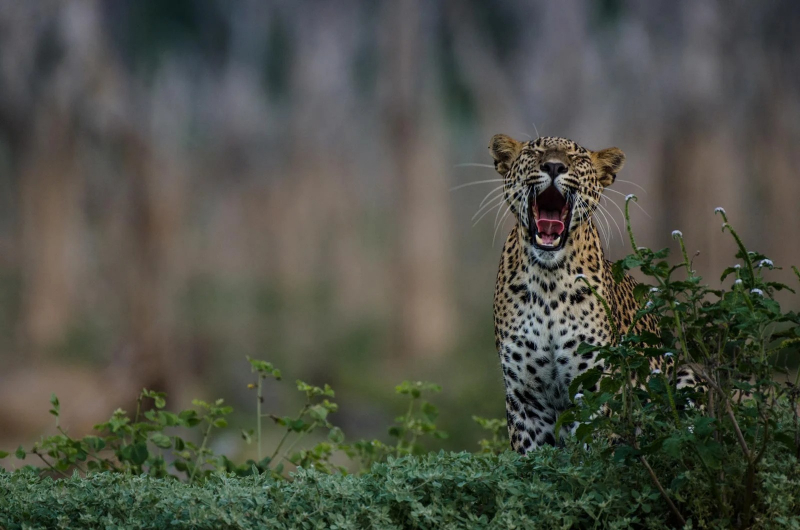
https://www.experiencetravelgroup.com/ -
With eight UNESCO World History Sites dispersed around the nation and numerous colorful religious festivals held all year long, Sri Lanka is home to a vibrant and distinctive cultural heritage. The Central Cultural Fund of Sri Lanka has maintained the remnants of former civilizations, and you can spend days touring the vivid old temples, palaces, and forts there. Since Sri Lanka has a broad and rich cultural history and was a colony of the Dutch, Portuguese, and British from the early 1800s to the 1900s, expect traces of European influence in the country's architecture, cuisine, and cricket-loving culture.
Visitors should spend some time strolling through Galle Fort in southern Sri Lanka and admire the beautiful architecture, and take a walk along the fort wall for panoramic coastal views. Continue reading to learn about some of the top tourist destinations in Sri Lanka, including some that you've probably never heard of!
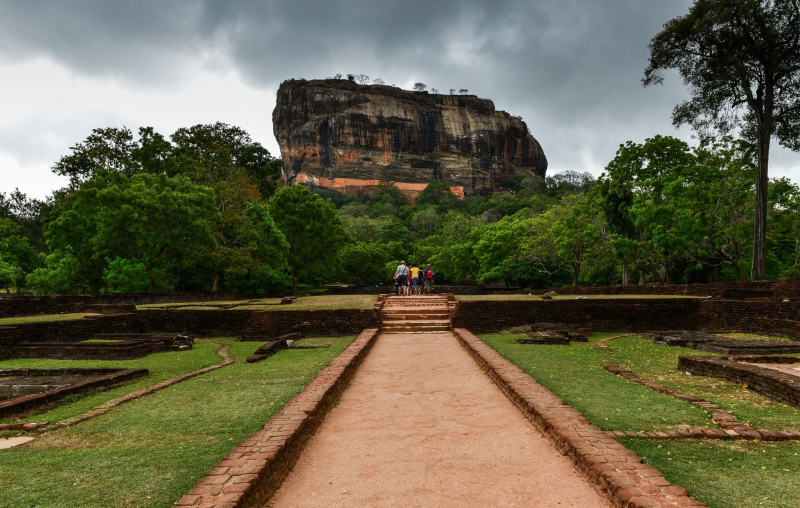
https://whc.unesco.org/ 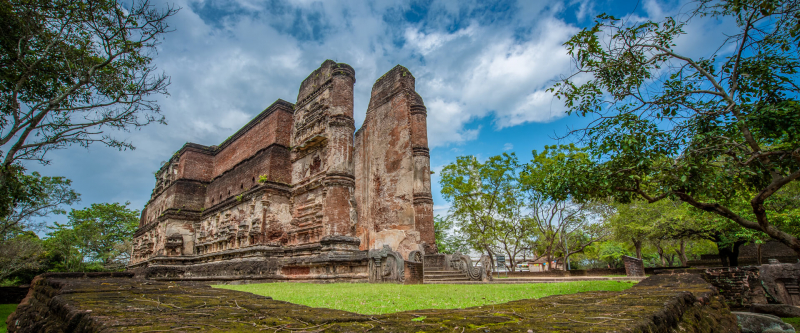
https://www.bluelankatours.com/ -
The ascent to Adams Peak, or Sri Pada, is the most spectacular hike in Sri Lanka. One of Sri Lanka's most outstanding natural monuments is this little Matterhorn, which towers above the nearby slopes and creates a fantastic sense of tremendous altitude. Numerous urban legends surround the enormous "footprint" at the peak. Although some religions assert that it is Adam's footprint, the original Buddhist tale asserts that this is the footprint of the Buddha himself.
You will reach the summit in time for dawn if you undertake the ascent at night. The best chances of witnessing the breathtaking vistas without clouds and getting a glimpse of the peak's famed shadow are provided by this. On the walk up, you may take in the show of the nighttime illuminations and all-night teashops. Diffuse early light reveals the Hill Country rising in the east and the land falling to the coast to the west as dawn illuminates the holy mountain. One of the best travel experiences of your life could be this pilgrimage.
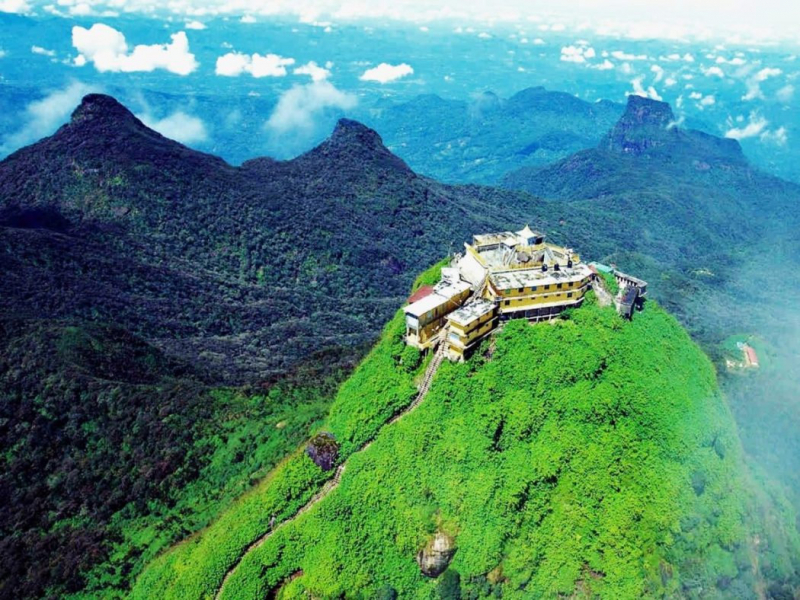
https://www.infinittravel.com/ 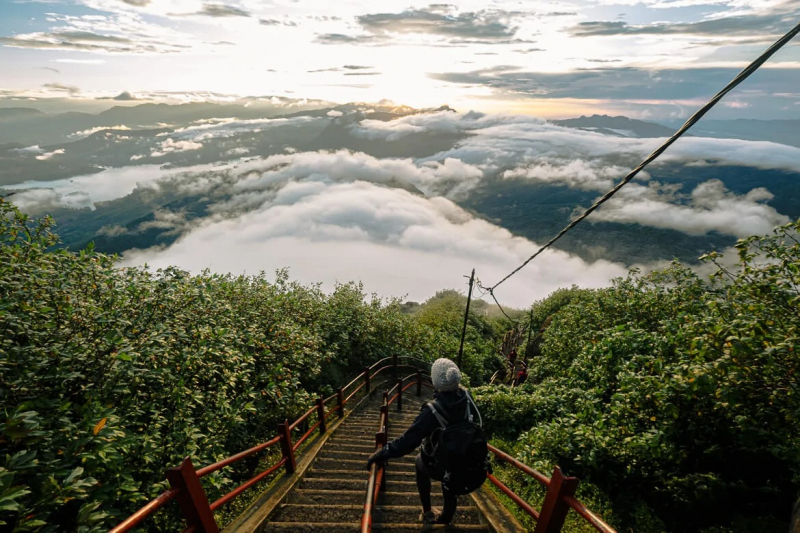
https://www.charlotteplansatrip.com/ -
One of the best and most enjoyable activities in Sri Lanka is shopping. Shopping is now more affordable as a result of the government recently lowering taxes on a number of luxury goods. There are many large malls in Colombo where you may buy almost everything, as well as a variety of smaller boutique stores. When comparing the costs of the goods here to those that would be marketed in other nations, such as Europe and the United States, it is unquestionably a bargain.
In Sri Lanka, you may get apparel in almost any place, and the greatest prices can be obtained there. Visitors can purchase clothing for a fraction of the price in Sri Lanka since exporting clothing is one of the country's main sources of income. Another excellent option is jewelry, which is also quite affordable! Some of the price tags on the jewelry with gems are simply astounding.

https://dminteriors.lk/ 
https://www.usatoday.com/ -
The government actively promotes nightlife, and there are plenty of food vendors, musicians, and other forms of entertainment on the streets that have been set aside just for this. The variety of nightclubs that come alive as nightfall draws near serve as a visual representation of Sri Lanka's diversity. If you know where to look, you can find exciting nightlife by the beach or in the center of Colombo. In the evenings, visitors can start their evenings by drinking drinks at bars and dancing the night away at the best clubs in Colombo. They can watch the sunset on the beach while enjoying a light dinner or beverage.
You will be guaranteed a full night of entertainment because the bars and clubs stay open until daybreak. If you still want to party, Sri Lanka has amazing 24-hour beach parties that are ideal for raves. If you fancy something different, then try your luck at the local casinos which offer just as much amusement.
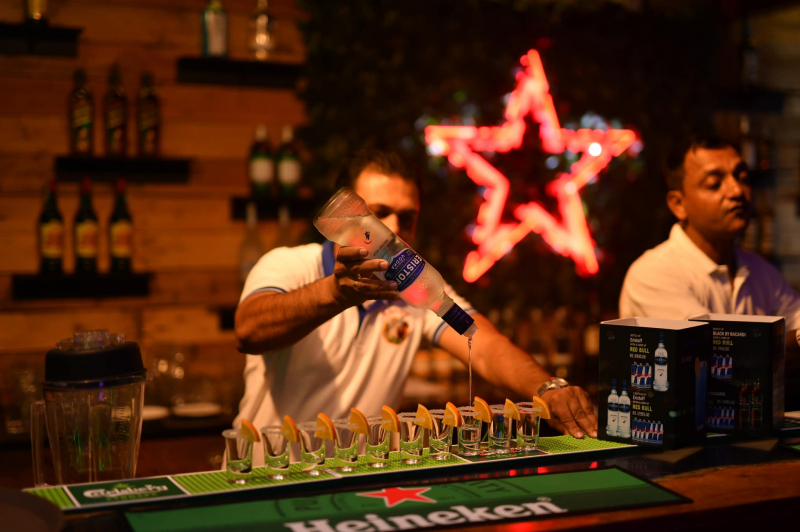
https://srilankatravelpages.com/ 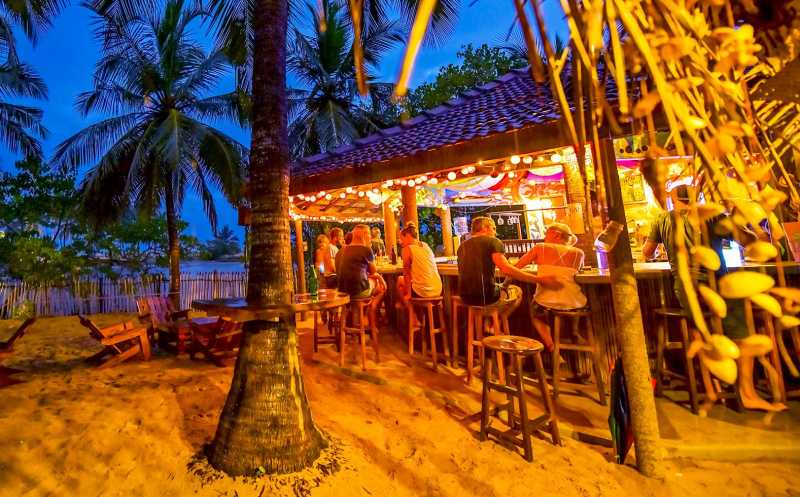
https://www.kitesurfinglanka.com/













